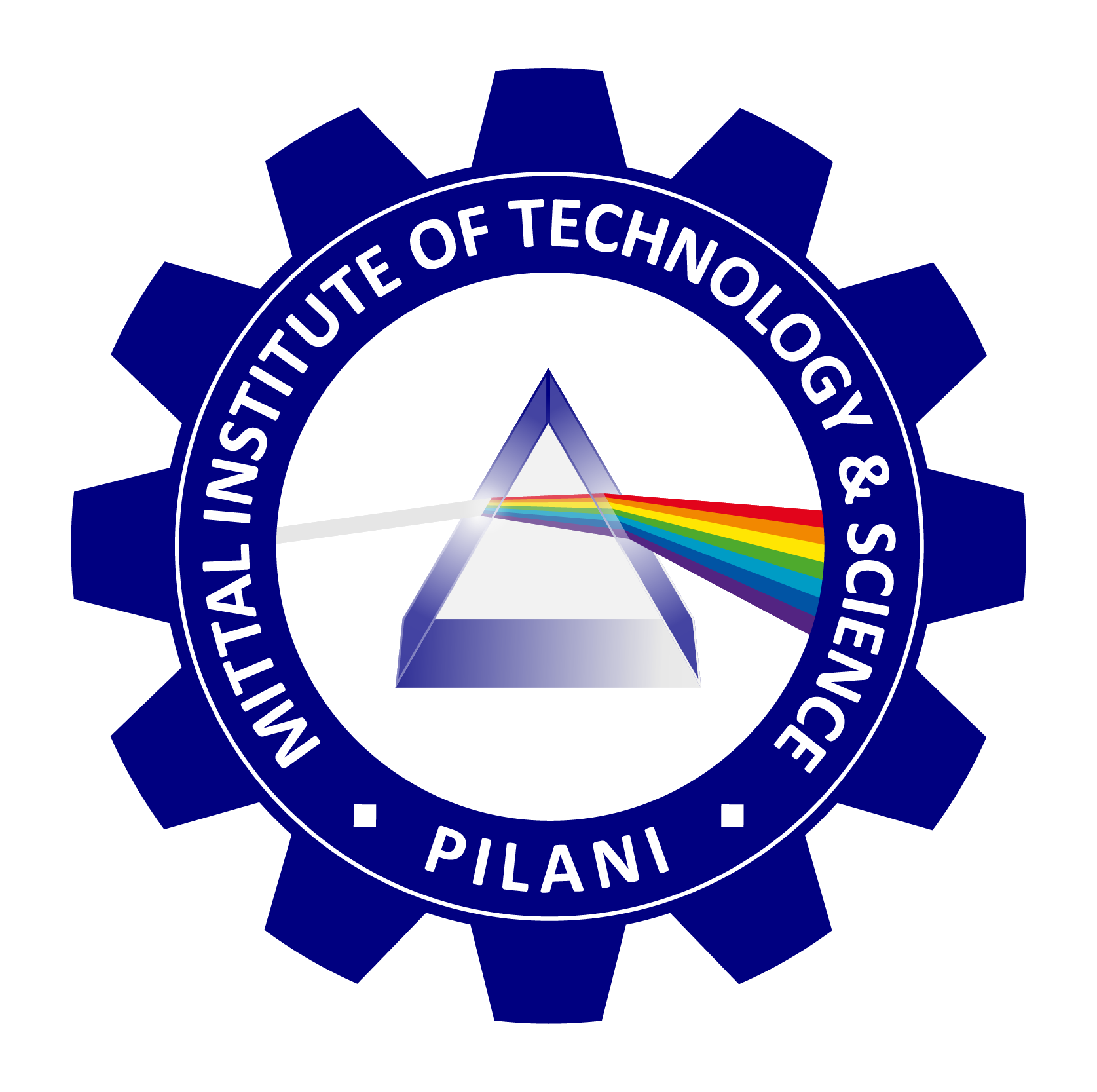
Introduction
Machine Learning (ML) is a branch of artificial intelligence (AI) that focuses on building systems capable of learning from data, identifying patterns, and making decisions with minimal human intervention. Over the past few decades, machine learning has evolved from a niche area of study into one of the most critical technologies in modern computing, driving innovations across industries such as healthcare, finance, retail, and transportation. Machine learning’s ability to improve systems through experience makes it a powerful tool in tackling complex tasks that are difficult to explicitly program.
Historical Background
The concept of machine learning can be traced back to the 1950s, with pioneers like Alan Turing and Arthur Samuel laying the groundwork for early computational learning models. Turing, in his seminal paper “Computing Machinery and Intelligence,” proposed the idea of machines being able to exhibit intelligent behavior, which laid the foundation for what would later become AI and machine learning. Arthur Samuel, in 1959, coined the term “machine learning” and demonstrated early success by developing a computer program that could learn to play checkers better than its creator over time.
In the 1990s, the rise of computing power, the availability of large datasets, and the development of more sophisticated algorithms propelled machine learning to new heights. Today, machine learning models are widely used in many applications, including speech recognition, image classification, natural language processing, and autonomous systems.
How Machine Learning Works
Machine learning can be broadly categorized into three types: supervised learning, unsupervised learning, and reinforcement learning.
Supervised Learning: In this approach, the machine is trained on a labeled dataset, meaning that the input data is paired with the correct output. The goal of supervised learning is for the model to learn the mapping from inputs to outputs so that it can predict the output for unseen inputs. Examples of supervised learning algorithms include linear regression, decision trees, and support vector machines. A common application is spam detection, where an algorithm is trained to classify emails as spam or not spam based on labeled data.
Unsupervised Learning: In unsupervised learning, the machine is given data without explicit labels. The goal is to find hidden patterns or structures in the data. Clustering and association are common tasks in unsupervised learning, with algorithms such as k-means clustering and principal component analysis (PCA) being widely used. An example of unsupervised learning is customer segmentation in marketing, where the algorithm groups customers based on similar purchasing behaviors without predefined categories.
Reinforcement Learning: In reinforcement learning, an agent interacts with an environment and learns to make decisions by receiving feedback in the form of rewards or penalties. The agent’s objective is to maximize the cumulative reward over time. Reinforcement learning has been successfully used in game-playing AI (like AlphaGo) and robotics.
Applications of Machine Learning
Machine learning has transformative potential across various domains:
Healthcare: In healthcare, ML models are used to predict disease outbreaks, assist in diagnosis, and personalize treatment plans. For instance, ML algorithms analyze medical images to detect early signs of cancer, often outperforming human radiologists in accuracy.
Finance: Machine learning is critical in the financial sector for fraud detection, algorithmic trading, credit scoring, and risk assessment. It helps financial institutions analyze large datasets and identify anomalous patterns that could indicate fraud.
Retail: E-commerce platforms use machine learning to recommend products to users based on their browsing history and preferences. This personalized experience increases customer satisfaction and boosts sales. Machine learning is also used in demand forecasting and inventory management.
Autonomous Vehicles: Self-driving cars rely on machine learning algorithms to perceive the environment, make driving decisions, and navigate through traffic. By processing data from cameras, sensors, and GPS, machine learning models help these vehicles operate safely in complex environments.
Natural Language Processing (NLP): NLP applications such as virtual assistants (Siri, Alexa) and chatbots leverage machine learning to understand and generate human language. These models are trained on vast amounts of text data and are used in translation services, speech recognition, and sentiment analysis.
Challenges in Machine Learning
Despite its advancements, machine learning faces several challenges:
Data Quality and Quantity: High-quality data is essential for training accurate models. However, obtaining and preprocessing large datasets can be expensive and time-consuming. Additionally, biases in the training data can lead to biased predictions, which may have serious social and ethical consequences.
Model Interpretability: Many machine learning models, particularly deep learning networks, function as “black boxes,” meaning their decision-making processes are difficult to interpret. This lack of transparency makes it challenging to explain why a model made a certain prediction, especially in critical fields like healthcare and finance.
Overfitting and Underfitting: Overfitting occurs when a model performs well on the training data but fails to generalize to new, unseen data. Underfitting, on the other hand, occurs when a model is too simplistic to capture the underlying patterns in the data. Balancing model complexity to avoid both issues is a key challenge.
Ethical Considerations: As machine learning is increasingly used in decision-making systems, concerns about privacy, security, and fairness have emerged. There is a need for ethical frameworks to govern the use of machine learning in areas such as surveillance, hiring, and criminal justice.
Future of Machine Learning
The future of machine learning looks promising, with continuous advancements in hardware, algorithms, and data availability driving further progress. One area of focus is generalization—developing models that can transfer knowledge learned from one task to another. Current machine learning models are often specialized for specific tasks, but the development of more generalized models could open up new possibilities in AI.
Another area of growth is explainable AI, which aims to create machine learning models that are transparent and interpretable by humans. As machine learning becomes more integrated into society, there will be an increasing demand for systems that can justify their decisions.
Lastly, advances in quantum computing could potentially revolutionize machine learning, enabling faster and more efficient training of complex models. Quantum machine learning is an emerging field that seeks to exploit the power of quantum mechanics to solve computational problems that are intractable for classical computers.
Machine learning has already reshaped many aspects of our world and holds the potential to revolutionize even more industries in the future. While it faces challenges such as data quality, interpretability, and ethical concerns, the continued development of new algorithms and techniques is helping to overcome these obstacles. As we look ahead, machine learning will continue to be a driving force behind technological innovation, playing a crucial role in shaping the future of artificial intelligence and transforming the way we live and work.

Professor Rakesh Mittal
Mittal Institute of Technology & Science, Pilani, India, Clearwater, Florida, USA
